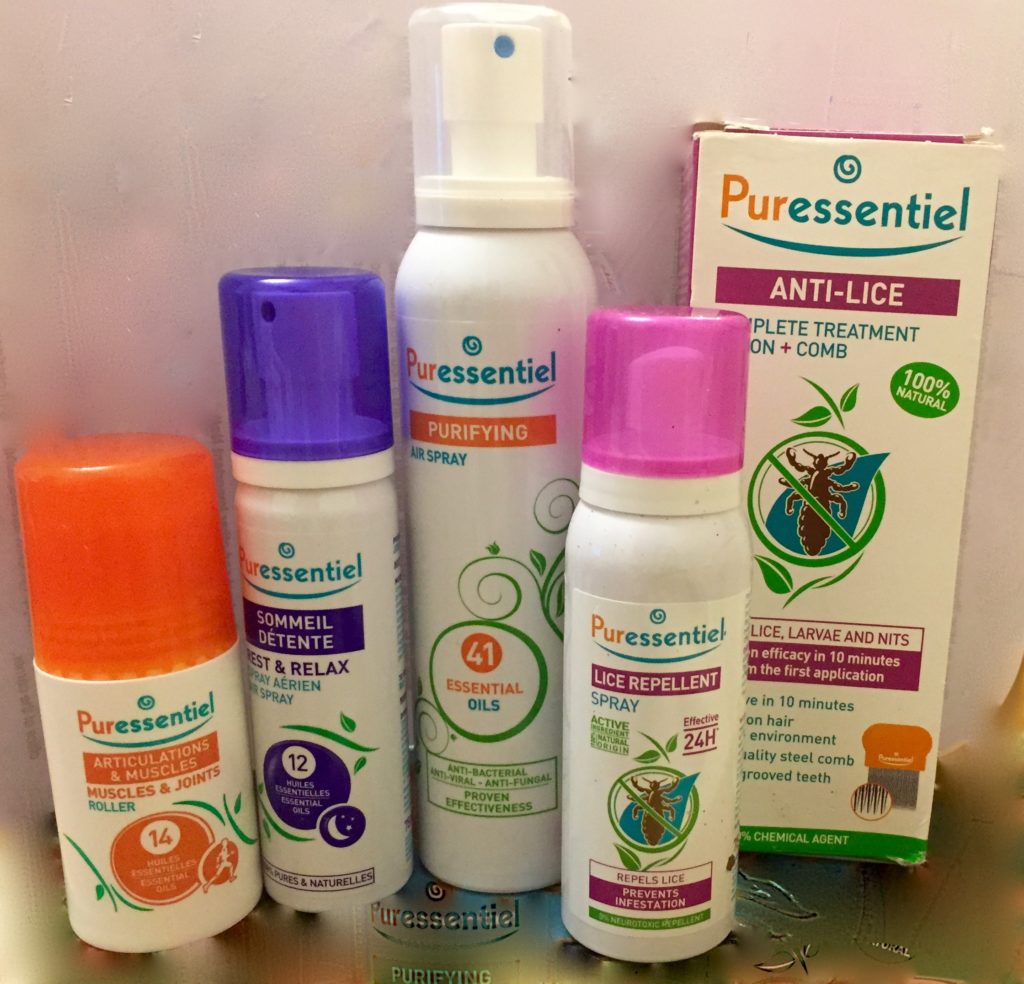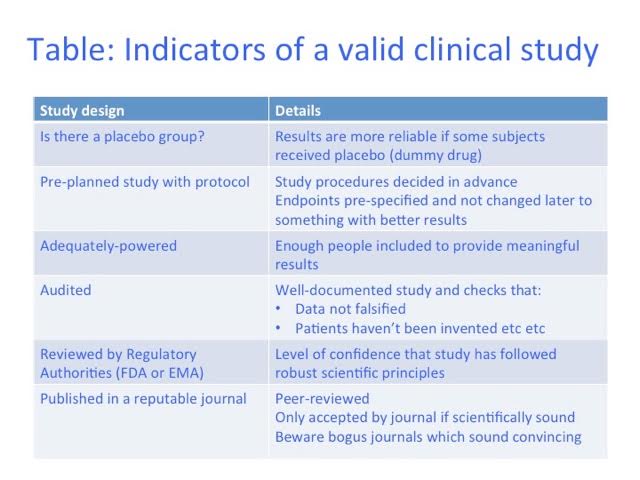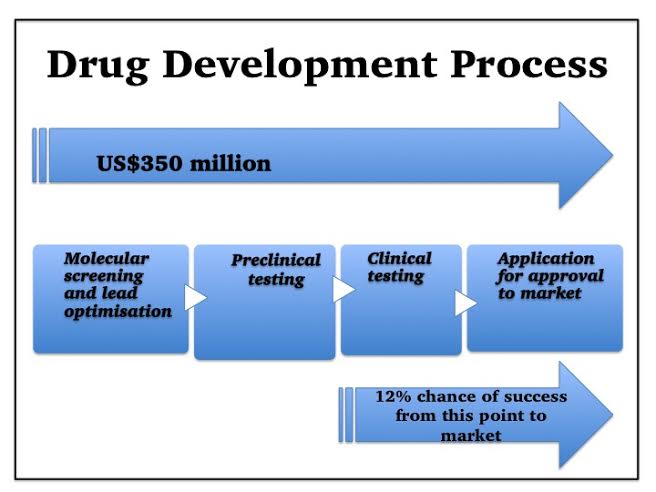Some plants have therapeutic properties, and some modern medicines are derived from plants – for example digoxin, and anti-cancer drugs, such as taxotere and vincristine. Ayurvedic medicine draws on the many medicinal plants in the Indian rainforests and our grandmas all knew of herbal remedies, such as peppermint for an upset stomach and camomile for a good sleep.
If you have a serious illness you should consult your doctor. Modern medicines have been rigorously tested, and are formulated to deliver a consistent, safe and effective dose.
However, for some conditions you could consider essential oils as an alternative – and why not enjoy Mother Nature’s help, when it is safe to do so?
Puressential invited Frost to a lunch and presentation on their essential oils, which, importantly are high quality, natural and/or organic and are classified as botanically and biochemically defined (EOBBD)). Some of their products are described below:
Purifying Air Spray
Purifying Air Spray contains 41 essential oils and, in a laboratory setting, kills various viruses, bacteria, fungi and mites. Although this testing doesn’t translate directly to the home, the spray could benefit room atmosphere. It certainly smells lovely and I would rather use this than a chemical-based home fragrance.
Rest and Relax Air Spray
I have used lavender sprays for jet-lag in the past. The Rest and Relax Spray contains twelve essential oils, chosen to sooth, relax, and aid sleep. I tried my sample before bed and it I certainly felt well-rested the next day.
Anti-Lice and Lice-Repellant
If you’re reading this on the tube, this is the moment where you lift your head from the head-rest and sneak wary looks at your neighbours’ heads.
I remember the misery of having to coat my young children’s hair in a noxious-smelling chemical, for hours, only to find it often hadn’t even worked. And this is the problem – head lice develop resistance very quickly.
Puressential repellent spray contains ten essential/plant oils and no synthetic pesticides. It killed lice, larvae and the eggs during laboratory testing. It is necessary to use it with a ‘nit comb’ (supplied) for best effect. As with any lice treatment, there are no guarantees, but at least it is a natural, pleasant product, and an alternative worth considering.
Interestingly, ‘selfies’ are contributing to an increase. Lice only spread when heads are in close contact – just a gap of 6 cm seems to protect. Puressential sell a repellent spray, which, in laboratory tests, repelled 2/3 of lice by that critical 6cm, 95% of the time. The effect lasted up to 24 hours, so you could use as a daily protective spray for your kids’ hair, particularly when there is a school outbreak. It doesn’t give 100% protection, but may reduce infestation risk.
Puressentials make other products too, including for muscular pains – which can be found on their website http://www.puressentiel.com/uk/
By Dr K Thompson, author of From Both Ends of the Stethoscope: Getting through breast cancer – by a doctor who knows
http://www.amazon.co.uk/dp/B01A7DM42Q http://www.amazon.com/dp/B01A7DM42Q
http://faitobooks.co,uk
Note: These articles express personal views. No warranty is made as to the accuracy or completeness of information given and you should always consult a doctor if you need medical advice





